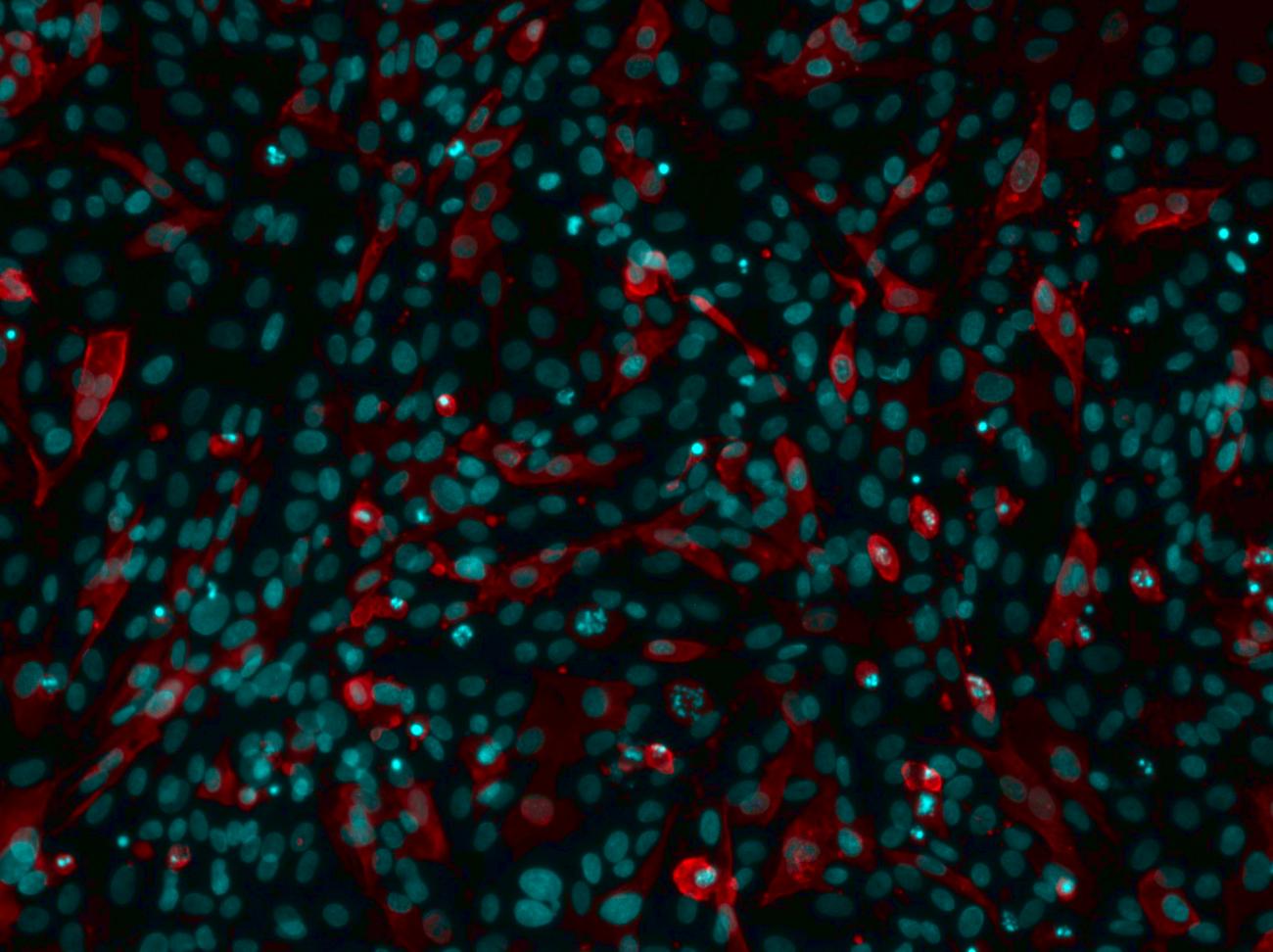
Study of the adaptation process of waterfowl originated influenza A viruses to new host and role of the NEG8 protein in the viral life cycle
The influenza A viruses (IAV) can be characterized by broad host spectrum, which expands to a variety of avian and mammalian species, though waterfowls represent the main reservoir of these viruses. The epidemiological importance of the IAVs come from their ability to adapt to this wide range of species and develop diseases with lethal clinical outcomes even. The initial interspecies transmission is crucial for the adaptation to the new host, but high mutation rate and the accessory proteins of IAV’s genome have also key roles in this process.
Our main goal is to study the pathogenic transformation and adaptation of waterfowl origin IAVs to chicken and to investigate the role of the NEG8 accessory protein in these processes.
We do not have enough information to determine additional mutations that might play key roles in the pathogenicity alteration of IAVs. Further problem is that the data are contradictory about the host in which the high pathogenic avian influenza (HPAI) phenotype develops. It was found in several cases that the HPAI strains emerged in chicken from LPAI viruses, however, there are findings that HPAI virus can be detected also in wild-birds. Although, some adaptation experiments have been done in chicken, these investigations were followed only by a few passage steps, only a part of the viral genome were studied, and the sequencing methods used were not suitable for detecting viral quasi-species. With our approach, applying next generation sequencing methods, we can reveal the intrinsic heterogeneity of IAV strains and can follow the emergence of mutations from passage to passage during a long-term adaptation process to duck and chicken cells. Our studies could help better understand the host adaptation of IAV from waterfowl to chickens and can provide more information about the alteration from low to high pathogenic avian influenza (HPAI).
Since NEG8 ORF is preserved in very divergent influenza A viruses, it is highly probable that it codes a protein. The function and the potential role of the NEG8 protein in the viral pathogenicity is far from being fully understood. Our investigations can reveal whether cap-snatching have a role in the transcription and translation of the NEG8 gene. We would like to reveal the exact intracellular localization of the NEG8 protein and determine its function in the cellular pathways relevant to the life cycle and pathogenesis of the influenza A viruses.